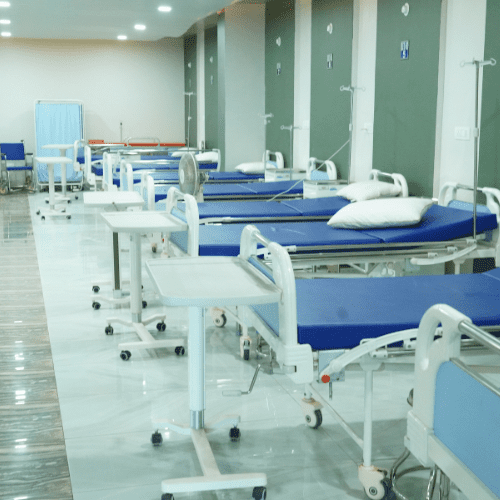Migrant workers represent a significant segment of the labor force in India, contributing immensely to the nation’s economy while often facing precarious living and working conditions. The launch of Ayushman Bharat in 2018 marked a pivotal moment in Indian healthcare policy, aiming to provide comprehensive health coverage to economically disadvantaged groups, including migrant workers. This initiative not only underscores the government’s commitment to improving healthcare access but also highlights the urgent need to address the unique challenges faced by migrant populations in accessing essential medical services.
Understanding Ayushman Bharat: A Comprehensive Overview of Health Coverage for Migrant Workers
Ayushman Bharat encompasses two primary components: the Pradhan Mantri Jan Arogya Yojana (PM-JAY) and the establishment of Health and Wellness Centres (HWCs). PM-JAY, in particular, is designed to offer health insurance coverage of up to INR 5 lakh per family per year for secondary and tertiary healthcare services. This coverage is critical for migrant workers, who often encounter barriers to accessing adequate healthcare, including financial constraints, limited knowledge of available services, and the transient nature of their employment. The aim is to ensure that these vulnerable populations can receive necessary medical attention without incurring debilitating costs.
Migrant workers frequently confront significant health risks tied to their occupations, including exposure to hazardous working conditions and communicable diseases. The urban environments where many of them settle can exacerbate these risks. The PM-JAY scheme provides a safety net, allowing eligible migrant families to access essential medical care, thus alleviating the financial burden associated with health crises. Additionally, cashless treatment at empanelled hospitals facilitates immediate access to care, an essential feature for workers who may not have the financial means to cover upfront medical expenses.
To fully leverage the benefits of Ayushman Bharat for migrant workers, it is crucial to enhance awareness and accessibility. Tailored awareness campaigns that educate this population about their entitlements under the scheme, the services covered, and the registration process are vital. Furthermore, expanding the network of Health and Wellness Centres in urban areas where migrant workers predominantly reside can greatly improve access to healthcare services. By fostering collaborations between local governments, healthcare providers, and community organizations, Ayushman Bharat can effectively address the healthcare needs of migrant workers and ensure that no one is left behind.
Challenges and Opportunities: Enhancing the Effectiveness of Ayushman Bharat for Migrant Workers
Despite the promise of Ayushman Bharat, several challenges hinder its effectiveness for migrant workers. A significant hurdle is the lack of proper documentation among many workers, which can prevent them from registering for PM-JAY benefits. Many migrants lack the necessary identification or proof of residency, creating barriers to accessing crucial healthcare services. In light of this, it is essential for policymakers to develop alternative verification methods that accommodate the unique circumstances of migrant populations, such as community-based verification processes or outreach initiatives conducted by local health officials.
The transient nature of migrant labor further complicates the implementation of health coverage under Ayushman Bharat. Workers often migrate between states in search of better employment opportunities, which can disrupt continuity of care and complicate follow-up treatments. To address this issue, strategies must be developed to facilitate inter-state portability of health benefits, ensuring that migrant workers can access their entitlements regardless of their location. Establishing a seamless system for the transfer of health records and benefits will promote continuity of care and ensure that these vulnerable populations can maintain their health effectively.
Moreover, the integration of technology presents significant opportunities to enhance the outreach and effectiveness of Ayushman Bharat for migrant workers. Mobile health applications and online platforms can serve as vital tools for disseminating information about healthcare services, empanelled hospitals, and the registration process. Telemedicine offers an additional solution by providing remote healthcare consultations, which can be especially beneficial for migrant workers in areas with limited access to physical healthcare facilities. By leveraging technology, the government can improve access to healthcare for migrant workers and address the barriers they face in utilizing available services.
In conclusion, Ayushman Bharat represents a critical initiative aimed at improving healthcare access for migrant workers in India. By addressing the unique challenges faced by this population, including documentation barriers and the transient nature of their employment, the government can enhance the effectiveness of this healthcare scheme. Furthermore, by utilizing innovative solutions such as technology and community engagement, Ayushman Bharat can ensure that migrant workers receive the comprehensive healthcare services they need. Ultimately, prioritizing the health needs of migrant workers is essential for achieving universal health coverage and improving health outcomes for one of India’s most marginalized populations.




